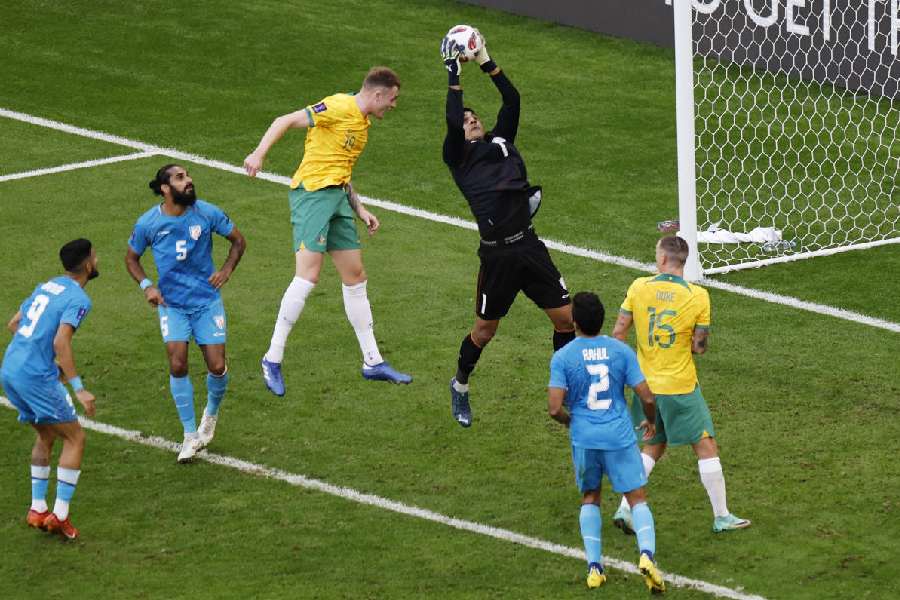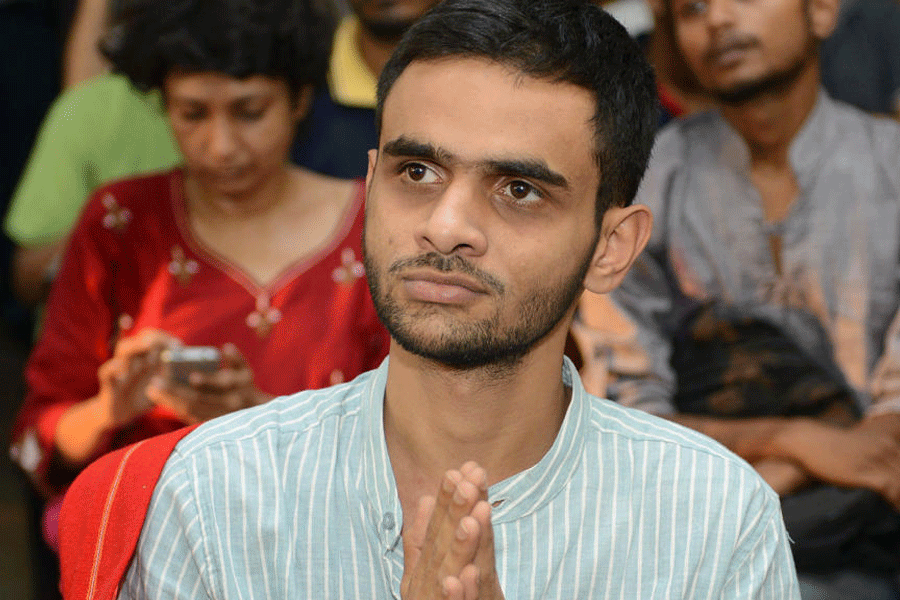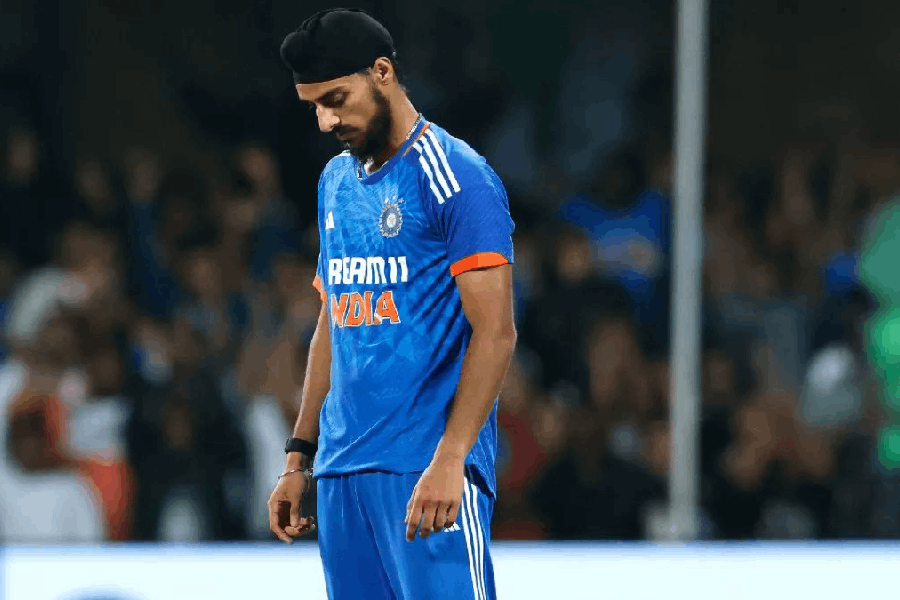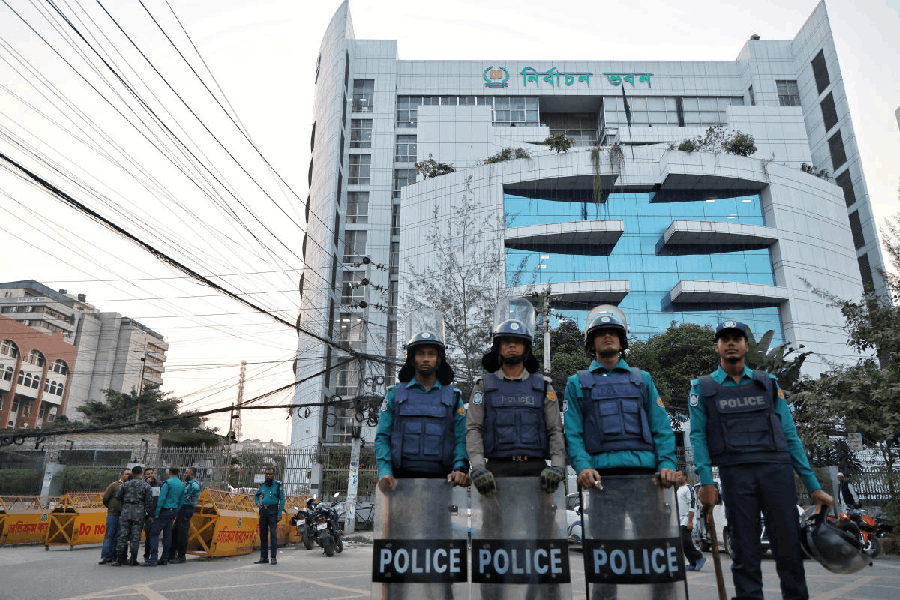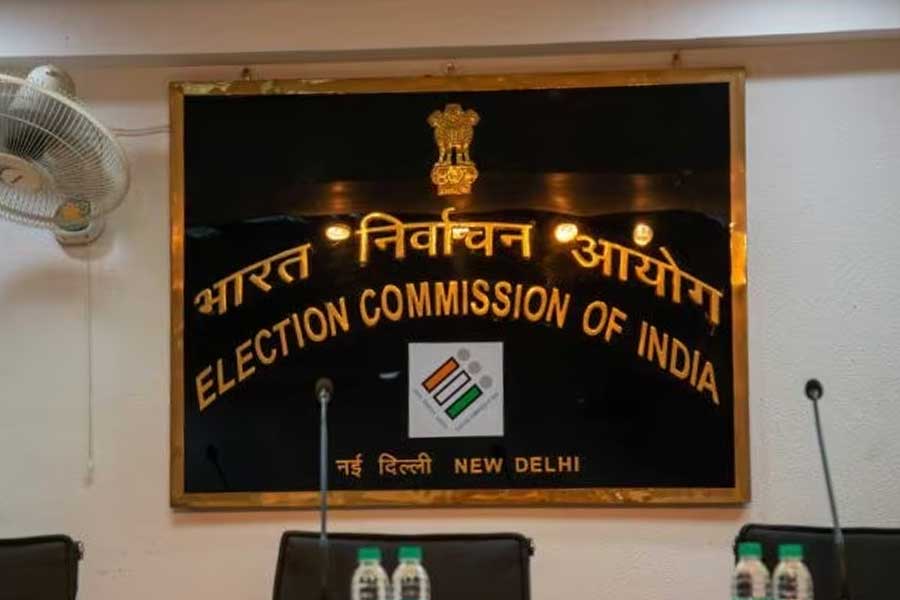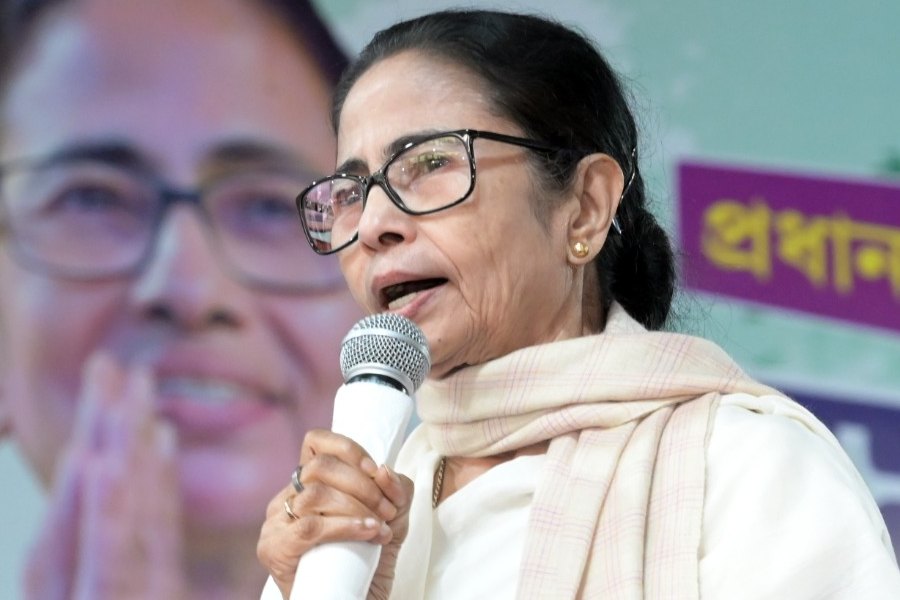Uzbekistan booked their maiden World Cup berth with a match to spare after a goalless draw against the UAE, becoming the fifth team to qualify alongside the three hosts. Jordan too made history with a 3-0 win over Oman — a remarkable turnaround from their 5-0 playoff defeat to Uruguay in 2014.
In 2018, India and Uzbekistan were neck and neck in the FIFA rankings. India stood at 98, Uzbekistan at 95. Seven years later, Uzbekistan is heading to its first-ever World Cup — and India, some say, might need 200 years to get there.
The Blue Tigers finished third in Group A of the second round of FIFA World Cup 2026 AFC qualifiers, managing one victory in six matches.
Their 2-1 defeat to Asian champions Qatar in their final qualifier confirmed what had become inevitable - another World Cup cycle without India.
This latest failure extends a troubling pattern that has seen both India's senior team and youth sides struggle.
The U-17 and U-20 teams failed to qualify for the Asia Cup despite being placed in relatively favorable groups, highlighting the depth of the crisis in Indian football.
Former Mohun Bagan coach Sanjoy Sen didn't mince words when assessing the current state: "India needs a holistic overhaul of the player development process as well as the league structures. No players today have the drive and commitment to take the game to newer heights."
The structural problems run deep. After the golden era under legendary coach Syed Abdul Rahim, Indian football has suffered from a revolving door of leadership, with around 40 different coaches taking charge.
The AIFF's failure to develop domestic coaching expertise is stark - India produced only 26 Pro-licensed coaches in the four decades following Rahim's era.
The league system has been problematic. Until 1996, India had no national league, limiting player development. The National Football League was introduced that year, featuring only 12 teams playing for three months without promotion or relegation - a far cry from European leagues that operate for almost ten months.
The Indian Super League (ISL), launched in 2014 with great fanfare and private investment, brought fresh enthusiasm but has struggled to maintain long-term interest. Its limited format of 13 teams and 24 matches over six months fall short of providing the extensive competitive experience players need.
Former India international Syed Rahim Nabi highlighted the disparity in infrastructure.
"The kind of infrastructure they enjoy at the grassroot levels, our players don't get any of that even in the professional levels in some cases," Nabi said.
“Unlike successful footballing nations where clubs are mandated to invest in youth development, the ISL lacks similar requirements,” added Nabi.
He further added that age fraud remains rampant from under-13 levels upward, while match-fixing in local tournaments continues unchecked.
Former India captain and coach Aloke Mukherjee reflected on missed opportunities.
"When we played Jordan in 2008, we defeated them when Alvito D'Cunha scored a goal. So, there is no doubt that we have the potential. But there are multifaceted problems that are integrated deep into the football system that drags it back," Mukherjee said.
The former player and manager criticised the current setup where India's national team coach manages a club side: "How does that work out? Especially when we are trying to develop a game like football, can it be possible with this attitude?"
The institutional problems extend to governance, with FIFA imposing a ban on the AIFF in 2022 due to third-party interference.
The federation's political and financial turmoil has created a crisis of confidence, with several I-League clubs threatening boycotts over unfulfilled broadcast promises.
When asked about India's World Cup prospects, the responses from former players paint a bleak picture. Sanjoy Sen emphasised that "every few years, foreign coaches come, show us dreams, give a deadline of when we will play in the World Cup. Then they retire or lose jobs without giving any results."
The comparison with Japan offers both hope and despair. Sen noted how Japan transformed from a sumo wrestling-dominated culture to a football powerhouse through the J-League's strategic development.
"Collective effort and goodwill which is absent from the current scenario of Indian football," added Sen.
Rahim Nabi delivered the verdict: "Without collective effort, we can't qualify even in 200 years."
The AIFF has recently introduced a comprehensive four-tier competition structure, attempting to address some systemic issues.
The plan includes consolidating the ISL and I-League into expanded national leagues while establishing flagship state leagues in 12 states with high footballing activity.
Given the scale of problems - from grassroots infrastructure to governance failures, from coaching development to youth academies - many question whether these reforms can bridge the gap that has widened since 2018.
The 2026 World Cup, set to be co-hosted by the United States, Canada, and Mexico with an expanded 48-team format.

